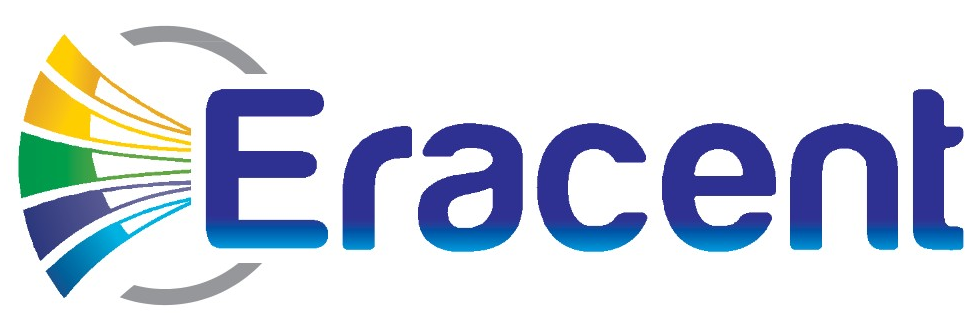Historically, IT organizations have suffered from the silo effect in which IT Asset Management (ITAM) and IT Service Management (ITSM) functions operated separately and information between the groups and supporting systems was not shared or integrated. This paradigm created inefficiencies and redundancies which impacted the productivity of IT organizations. However, it is shifting as companies realize the need for integration.
Let’s begin by talking about the supporting systems of ITAM and ITSM – the Asset Management Repository and the Configuration Management Database (CMDB).
The Asset Management Repository is a database designed to manage, track and report on IT assets, including financial, physical and contractual data throughout the entire lifecycle of each asset. A reliable Asset Management Repository offers these benefits:
- Maintains asset costs, depreciation and chargebacks
- Stores contracts with terms and conditions
- Tracks hardware inventory from acquisition to disposition
- Contains software license entitlements and deployments
- Tracks software maintenance
- Maintains contract renewals
The Configuration Management Database (CMDB) is a repository that contains all relevant information about the components used in an organization's IT services as well as the relationships between them. A component is referred to as configuration item (CI). A CI can be any type of IT component such as hardware, software, documentation and people, or any combination of them. The CMDB provides access to consolidated data about the IT infrastructure, its users and the services IT enables. It can significantly improve the management and delivery of an organization’s service offerings.
A reliable CMDB offers the following benefits:
- Manages the flow of incidents, problems, changes and releases
- Gives information to the Service Desk
- Manages your overall SLAs
- Controls your financial assets
- Manages recovery options
- Provides information for availability, capacity and supplier management
The CMDB can be viewed as a decision-support tool that provides organizations the information they need to make good business decisions about how they are managing IT components to more efficiently perform IT service management processes.
While one tool affects efficient service delivery, the other promotes IT asset optimization - and both are necessary to maximize the return on your IT assets. While you may need both independent systems, they must talk to each other. The Asset Management Repository and CMDB should be integrated so that they are continuously updated with the data that each individual database requires.
When the two systems are not sharing information, inefficiencies occur. A prime example can occur with the Service Desk. If an employee reports a problem with hardware or software and the Service Desk analyst does not have a view of the IT asset data, this will result in slower resolution times.
The key to information sharing is automation. Identify what data needs to reside in both the Asset Management Repository and the CMDB and then establish an automated process to populate this data. This can be accomplished through APIs and web services via a state-of-the-art Software Asset Management (SAM) solution.
Here is the type of information that should be shared from a comprehensive SAM solution to the CMDB to feed its data baseline and ensure its completeness:
- Discovery, normalization and reconciliation data
- Software utilization details
- User requests and approval transaction history
- License provisioning and harvesting details
- Effective License Position (ELP) information
- End-of-life status and hardware disposition data
The ability for your ITAM and ITSM systems to intersect and “shake hands” will maximize your efficiencies and benefits from these platforms.
William Choppa is the President of Eracent. He has almost twenty years' experience helping clients meet their ITAM and SAM challenges with his knowledge of technical solutions and business process best practices.
